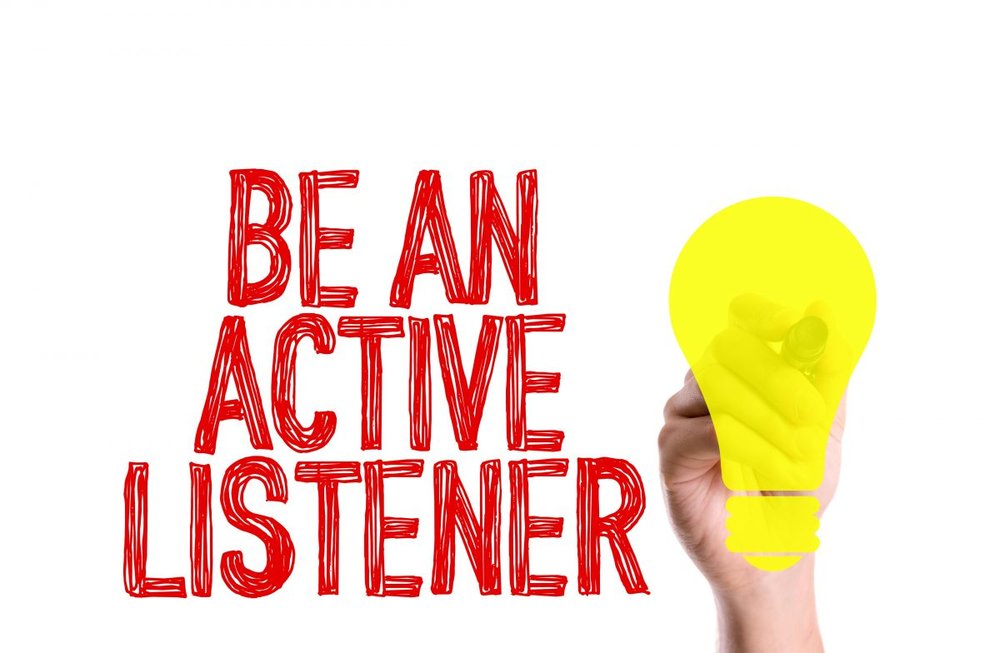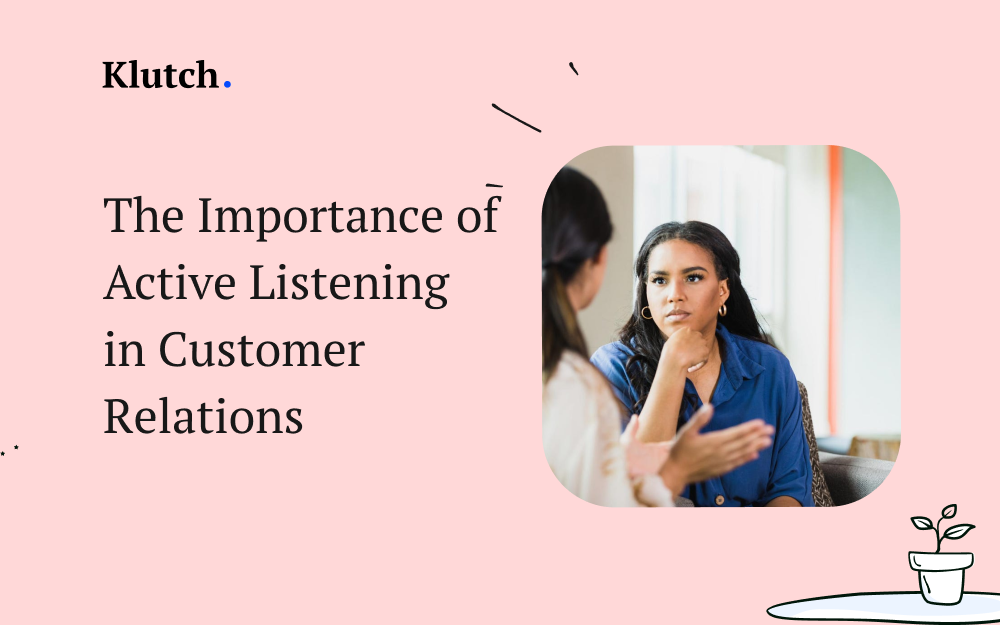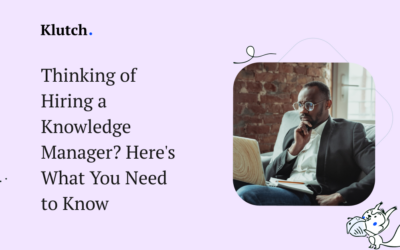Customer relations are an important part of succeeding in the business world. Strong customer ties are built on and kept up by good communication. This is because it helps the customer and the company build trust in each other.
When you talk to your customers in a direct, honest, and open way, you show that you value their time and know what they need. This can help build a good connection, which can lead to more loyal customers and more repeat business.
Keeping good ties with your customers can help your business keep loyal customers, make more money, and get a good name in the market. Active listening is a key part of building good relationships with customers.
In this piece, we’ll talk about why active listening is so important in customer relations, how to practice active listening with customers, and common barriers to effective listening and how to get past them.
What is Active Listening?
Active listening is the act of interacting fully with a speaker, both orally and nonverbally, in order to understand what they are saying. This is different from passive listening, in which the person listening might only pay part of attention or might not fully understand what is being said.
Active listening is a key part of good communication in any setting, but it is especially important when dealing with customers.
During a sales call, a customer might ask about the price of a product, for example. The salesperson reacts by keeping eye contact, asking open-ended questions to find out what the customer wants, summarizing the customer’s concerns to make sure they understand the problem and acknowledging the customer’s worries to show empathy.

In customer service, a customer may be upset about a recent buy and want to tell the company about it. The customer service rep listens actively by not talking over the customer, paraphrasing the customer’s worries to show that they understand the problem, and suggesting ways to fix the problem.
In both cases, the representatives have to actively listen to their customers in order to solve their problems and offer answers that can be done.
Why is it Important in Customer Relations to Listen Actively?
Active listening can be used to help build, strengthen, and keep up good ties with customers.
Here are some of the reasons:
It helps people trust you.
Customers are more likely to trust a business when they feel like their concerns and wants are being heard and understood. This trust can lead to more loyalty and repeat business, as well as good word-of-mouth recommendations to others.
It can help stop confusion and fights from happening
During any contact with a customer, it’s easy for things to go wrong, especially if there are cultural or linguistic differences. Active listening helps clear up any possible mistakes and keeps problems from getting worse. Errors or misunderstandings are less likely to happen if you ask questions and make sure you have understood the customer’s message properly.
It can make the customer happier
Customers are more likely to be happy with your business if they feel like they were heard and understood. This can help you keep more customers and get good reviews, which are both good for your business’s image.
It can help find out what customers want and what bothers them
By carefully listening to your customers, you can learn a lot about what they want, what hurts them, and what they need. This information can help you tailor your goods and services to better meet the needs of your target audience, which can increase customer happiness and loyalty.
How to Listen Actively to Your Customers
Now that we’ve talked about why active listening is so important in dealing with customers, let’s talk about how to do it with customers. Here are some suggestions:

Keep eye contact and body language in mind
Nonverbal cues are an important part of active listening. Keeping eye contact, nodding, and making facial movements can show the speaker that you are interested in what they are saying and paying attention. If you are talking to your customer over the internet, you can use filler words to show that you are paying attention.
Ask open-ended questions
Asking open-ended questions like “Can you tell me more about that?” or “What made you decide to do that?” can get the other person to tell you more and help you understand their point of view better. This helps you get customer feedback that you can use to make significant changes to your business and processes.
Translate and sum up
During a conversation, it can be helpful to paraphrase or summarize what the other person says to make sure you understand them properly. This can also help clear up any possible confusion or mistake.
Avoid interrupting
Interrupting the person who is talking can throw off the flow of the conversation and make the person who is talking feel like they are not being heard. Don’t talk over people. Instead, let them finish what they’re saying before you answer.
Show you care
Active hearing is impossible without empathy. You can help build trust and relationships with someone by showing that you understand and value their point of view. This can mean letting them know you understand how they feel or what worries them, even if you don’t agree with them.
Take notes
Taking notes can help you listen more actively, especially if you need to remember important information or check up on any issues. But make sure to take notes while also making eye contact and listening to the speaker.
Be in the here and now
Lastly, it’s important to be there and pay attention to what’s being said. Don’t let things like checking your phone or letting your mind wander get in the way. Instead, pay close attention to the speaker and what they have to say.
How to Get Past the Most Common Obstacles to Active Listening
Active listening is a strong tool for dealing with customers, but there are many things that can get in the way of it. Here are just a few:
Distractions
Things like noise or other people trying to get your attention can make it hard to pay full attention to the speaker. To get past this, try to find a place where it’s quiet and you can pay full attention to the talk. If you can’t get rid of all distractions, make sure to let people know you’re paying attention and that you may need a moment to focus on something else.
Thoughts you already have
Listening can be skewed by stereotypes or assumptions about the customer, which can lead to bias. To get past this obstacle, you need to be aware of your ideas and actively try to prove them wrong. Try to go into every conversation with an open mind and a desire to understand the other person’s point of view.
Reactions to feelings
Emotional responses like being defensive or angry can also make it hard to listen well. To get past this obstacle, try mindfulness methods like deep breathing or pausing for a moment before you answer. Remember to pay attention to what the speaker is saying instead of letting your feelings take over.
Not enough education or experience
Representatives who don’t have enough knowledge or training can also make it hard to listen. To fix this, you might want to look for information or training on active listening methods. Practice your skills with people who don’t matter as much, like coworkers or friends, before you use them with customers who matter more.
Multitasking
Trying to do too many things at once can make it hard to pay attention. To fix this, try to get rid of any other things going on and pay attention only to the speaker. Don’t look at your phone, answer emails, or do anything else that could take your attention away from the talk.
Not interested
Sometimes we just don’t find the topic or the person speaking interesting, which can make it hard to listen. To get past this, try to find things in the talk that interest or intrigue you. Pay attention to these things and ask questions to find out more.
Bias
We all have opinions and ideas we already know, which can make it hard for us to listen well. To stop this from happening, try to be aware of your beliefs and actively fight against them. Seek out different points of view and situations to learn more about how other people think.
Language barriers
Listening well can be hard when the person speaking and the person listening speak different languages or have different levels of competence. Try to find something you both agree on and use nonverbal cues like facial expressions and hand movements to show you understand. You might want to use a translator or other tools to help you communicate.
Environmental factors
It can be hard to listen when there is a lot of noise or other things going on around you. To deal with this, try to find a quiet place or use headphones that block out noise to avoid being distracted. If you can change the surroundings to make it easier to listen, like by turning off the music or shutting the doors.
Time constraints
When we feel rushed or like we don’t have enough time, it can be hard to give the speaker our full attention. To fix this, try to put the talk in order of importance and pay attention to the most important points. Even if you only have a short amount of time to talk, make sure the other person feels heard and valued.
By being aware of these common problems and trying to solve them, we can become better listeners and have better relationships with other people.
Conclusion
Active listening is a strong tool for building trust with customers, avoiding misunderstandings, and making sure customers are happy. You can improve your active listening skills and build better relationships with your customers if you keep eye contact, ask open-ended questions, summarize and paraphrase, avoid interruptions, show empathy, take notes, and be in the moment.
By being aware of common things that get in the way of active listening, like distractions, preconceived ideas, emotional responses, and a lack of training, you can also work to get past these problems and become a better listener.




